UChicago launched a four-year plan at the start of fiscal year (FY) 2025 to eliminate its sizable budget deficit. Midway through the first year of that plan—in early 2025—the University was in line to cut the deficit by 25 percent by June.
“We were marginally on track to do that—until January,” Provost Katherine Baicker told the Maroon. “And then things look pretty different financially.”
In a May 12 interview with the Maroon, Baicker and Enterprise Chief Financial Officer Ivan Samstein spoke about the University’s rapidly evolving financial strategy in light of federal funding disruptions and other policy changes under the second Trump administration. They highlighted efforts to seek out alternate sources of revenue, possible long-term shifts in research funding, and considerable overall uncertainty for the University and other institutions of higher education.
The University had planned to fully close its budget deficit, which totaled $288 million at the end of FY2024, over the four years ending in FY2028. By October 2024—three months into FY2025—it had already made progress toward that target, with the deficit down to $221 million, but that outlook shifted after Trump took office, Baicker said.
One of the most pressing sources of uncertainty is the potential fallout from federal grant terminations. According to Baicker, the University has seen around 50 grants terminated so far, totaling $40 to $45 million overall, with $10 to $15 million affecting the current fiscal year.
In FY2024, the University received $543 million in federal grant revenue, a University spokesperson told the Maroon in response to follow-up questions after the interview.
“It’s an incredibly serious impact for the people whose work is affected,” Baicker said. “If you look at the financial impact [on the University as a whole] for FY2025, it was relatively modest… but it forecasts potentially much bigger impacts in the years going forward.”
Baicker noted that the number of terminated grants has remained small enough for the administration to work with individually affected faculty members and principal investigators to explore alternative funding or file appeals. However, she added, “I can’t say that I am hugely optimistic about those appeals.”
Baicker and Samstein also emphasized that the University is preparing for a wide range of scenarios, particularly as budgets for federal agencies like the National Science Foundation (NSF) and the National Institutes of Health (NIH) remain threatened. The University is a party in lawsuits challenging reductions in indirect cost funding rates for NIH and NSF research grants. The NIH’s move to cut indirect cost funding has been paused by court orders.
“There [is] a whole range of things that may require some really hard choices to be made—what programs we can continue to invest in, what programs we have to rethink, or ways we have to rethink getting our core research and educational mission accomplished,” Baicker said.
In a May 15 email sent to faculty titled “University Budget Update,” Baicker and Samstein wrote that deans and officers had been asked to plan budgets for the upcoming fiscal year based on known federal financial impacts. “This requires holding total compensation flat and reducing unfunded non-personnel spending by 10 percent,” the email read.
“We don’t want to disrupt activities that we don’t have to disrupt while we wait to see what the federal budget brings,” Baicker added. “[But] we need the plans ready.”
At the same time, Baicker stressed that the University’s core values will continue to guide the administration’s decisions in the face of financial uncertainty, noting that the administration will not direct faculty to alter their research areas to better align with new federal funding priorities.
“I would never tell a faculty member what to research,” Baicker said. “Faculty members are to research as they see fit, teach what they think is right for the student body, for students to come here and learn across disciplines…. If federal funding goes away, we have to figure out what to do as an institution about it, but those bedrock principles will absolutely remain.”
She added that these core values would shape the University’s response if the federal government made demands of UChicago, although she declined to offer a definitive answer about whether financial considerations would influence that response. Trump has threatened Harvard University and Columbia University with federal funding cuts if they refused to accede to lists of demands, including increasing efforts to combat antisemitism, ending diversity, equity, and inclusion programs, and altering policies related to on-campus protests. Columbia accepted the list they faced, while Harvard refused theirs.
“I don’t have a list, so all I can do is articulate the things that for us are absolutely foundational and not subject to discussion,” Baicker said. “Academic freedom, free expression—the institutional things that we have articulated for decades.”
Baicker also acknowledged that although UChicago’s “diverse funding portfolio” reduces its vulnerability to individual federal cuts, it also increases the budget’s exposure to a wide range of policy shifts.
“If you look at the share of our revenues that come from endowment, from federal grants, from philanthropy, from tuition, the pie slices are more evenly distributed than a lot of our peers, which gives us a little bit broader set of opportunities to try to adapt,” she said. “On the other hand, [that] means there are multiple sources of vulnerability. So when you think about an endowment tax, where you think about federal research funding, we’re exposed to all of those, although we’re not entirely dependent on anyone.”
According to data from the University’s most recent budget town hall, 20 percent of the University’s FY25 operating revenue came from tuition and fees, 18 percent from federal grants and contracts, and 5 percent each from endowment payout and private gifts.
One reason the University has limited room to respond quickly to the changes, according to Samstein, is that large parts of its budget—such as student population, faculty compensation, and tuition rates—are immutable after the school year begins. “Universities have a lot less inherent mid-year flexibility than most institutions,” Samstein said. “A lot of the big pieces of the financial puzzle are set, so your ability to make big mid-year changes is much lower.”
In the meantime, the University has been working closely with deans and faculty to identify alternative funding sources, including external foundations and philanthropic support. According to Baicker, foundation grants, though much smaller in scale than the federal funds, have already increased in some areas to fill the gap left by federal funding.
Philanthropy has also proved promising. “FY25 is on track to surpass FY24 and FY23 [in donations], which were themselves record-setting years,” Baicker said.
To support researchers affected by the grant terminations, the University has also been working to develop temporary “bridge funding.”
“The goal is not to replicate the federal funding as if it’s going to come back in exactly the same form but rather to give people enough time to think, ‘Who might alternative funders be? How might I get my work done without the federal grant?’” Baicker said.
Baicker and Samstein did not provide estimates for exactly how much bridge funding the University would set aside in the case of further cuts or how long such funding would sustain affected researchers.
Potential reduction in international student enrollment amid aggressive immigration policy shifts under the Trump administration could also pose a concern for University finances, Baicker and Samstein said.
Earlier this year, hundreds of international students across the country—including 10 at UChicago—saw their visas revoked before the State Department later reinstated them. Still, Immigration and Customs Enforcement announced last month an expanded range of justifications for changing students’ legal status. One of the 10 UChicago students whose visas were initially revoked chose not to return to study in the U.S. even after his status was restored.
“So far, we have not seen a drop off in international applications or acceptances,” Baicker said. “But who knows? We won’t know until next fall who’s actually able to successfully get a visa to come, chooses to do so, and is able to do so.”
Samstein emphasized that certain programs would be hit harder by a dropoff in international student numbers. For example, international students made up 65 percent of the Harris School of Public Policy’s incoming class as of December 2024.
Before the wave of changes introduced by the Trump administration, the University had also been exploring the expansion of non-degree programs to diversify its revenue stream. Baicker said that the University has recently launched nine new programs; in FY2023, UChicago’s non-degree programs brought in $23 million in revenue.
Still, she noted that UChicago lags behind its peers significantly in this area: during the 2022–23 academic year, Harvard enrolled 68,000 non-degree students, and the University of Pennsylvania enrolled 35,000, compared to just 7,000 at UChicago.
The push toward non-degree program expansion also comes in part because the University recognizes growing demand in that area, Samstein said. “That’s increasingly the way the workforce wants to learn,” he said. “We need to build the infrastructure [for non-degree programs] now in a way that’s UChicago-centric, so that it can grow and scale as the world adapts.”
“It wouldn’t make sense for us to expand non-degree offerings if it didn’t generate net resources,” Baicker said. “But it very much has to be consistent with our UChicago eminence, [our] well-earned reputation for quality and rigor. We don’t want programs for the sake of having programs. They have to fit in with our mission of providing really valuable, really high-quality education.”
Baicker and Samstein said the University’s recent interest in expanding on-campus housing capacity was unrelated to budget challenges. In a statement to the Maroon last month, Housing & Residence Life Executive Director David Hibbler confirmed that the University was “in the early stages” of planning a new residence hall on campus.
“The cost of constructing them exceeds how much you’re able to charge students… [and] the summer months are pretty modest [in terms of] utilization,” Samstein said. “You wouldn’t build dorms purely for financial reasons.”
The University’s three most recent housing projects, Woodlawn, Campus North, and Renee Granville-Grossman Residential Commons (RGGRC), each cost the University upwards of $100 million to build. The University faced unexpected costs, including in the construction of RGGRC, which exceeded its initial budget by at least $40 million.
The University spokesperson added that “campus housing is a net cost” for the University.
According to Baicker and Samstein, since the COVID-19 pandemic, more upperclassmen have opted to stay in on-campus housing, which has prompted a push to expand dormitory capacity. The University’s current goal is to be able to accommodate 70 percent of students in on-campus housing, Hibbler said in the statement.
“It is definitely not motivated by a ‘let’s have more people live on campus for financial purposes’ [mentality],” Baicker said. “It’s, ‘Let’s make sure if we want to have more people able to live on campus, it’s done in a way that works.’”
Still, despite ongoing financial pressures and the exploration of new revenue streams, Baicker reaffirmed that the University’s commitment to its foundational principles would remain.
“Will we potentially have to change finances in the future? Yes, depending on what funding is available, we have to be adaptive as a University,” she said. “But that adaptation can’t include changing what is core to us as a University.”






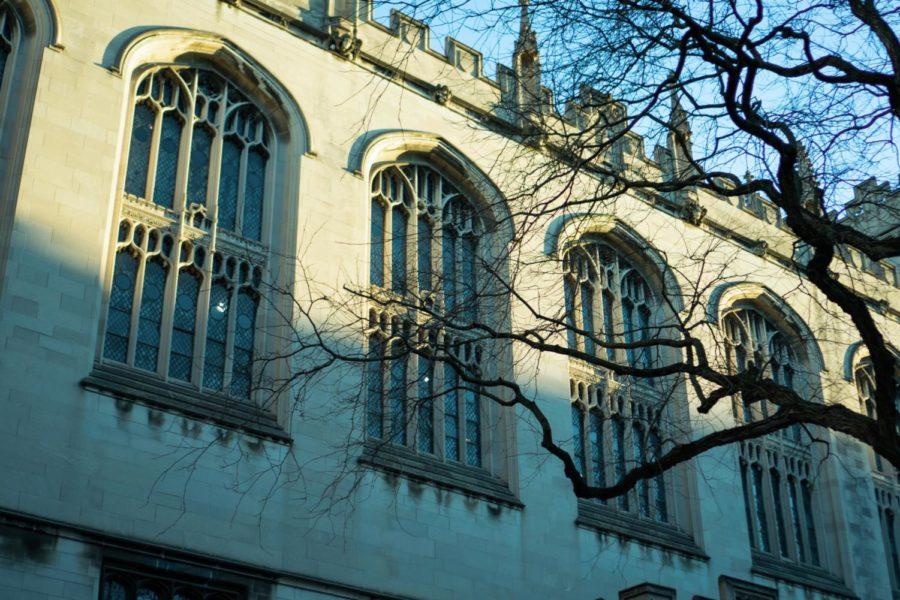








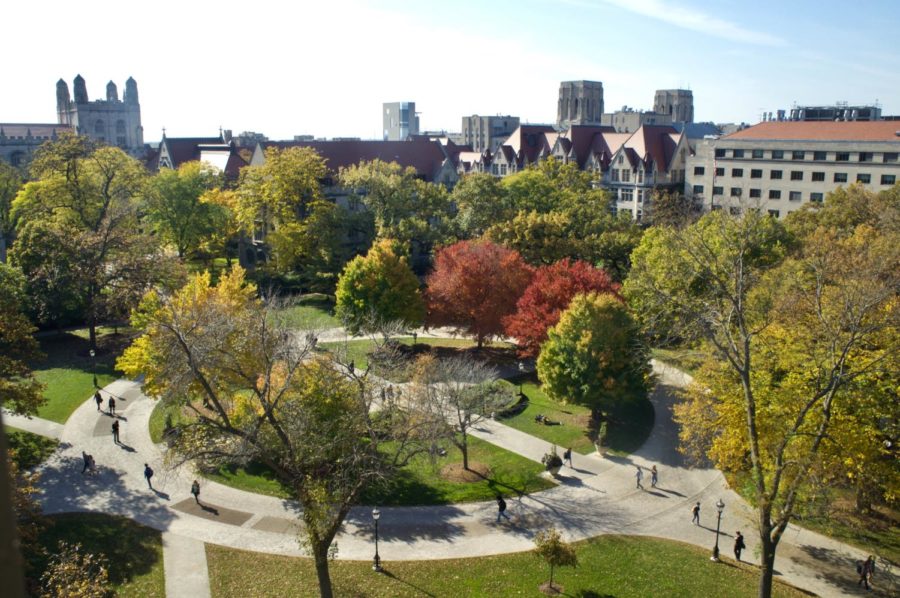
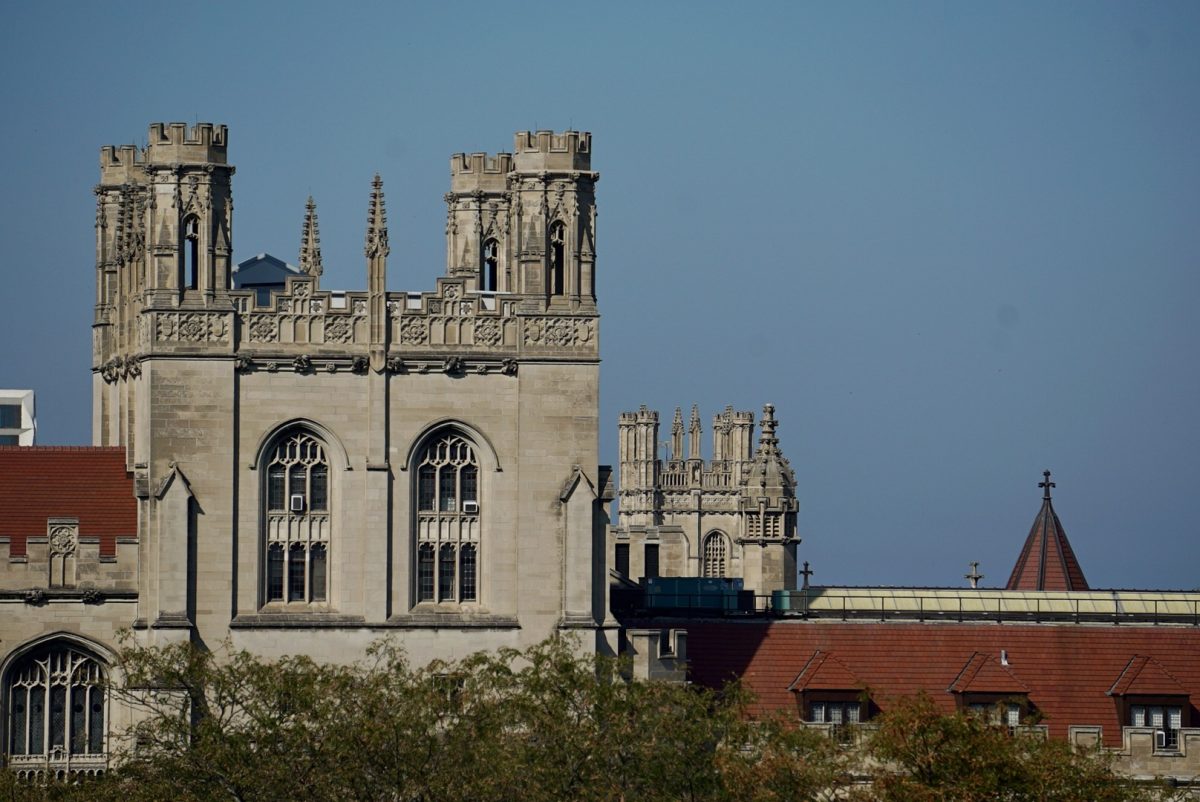
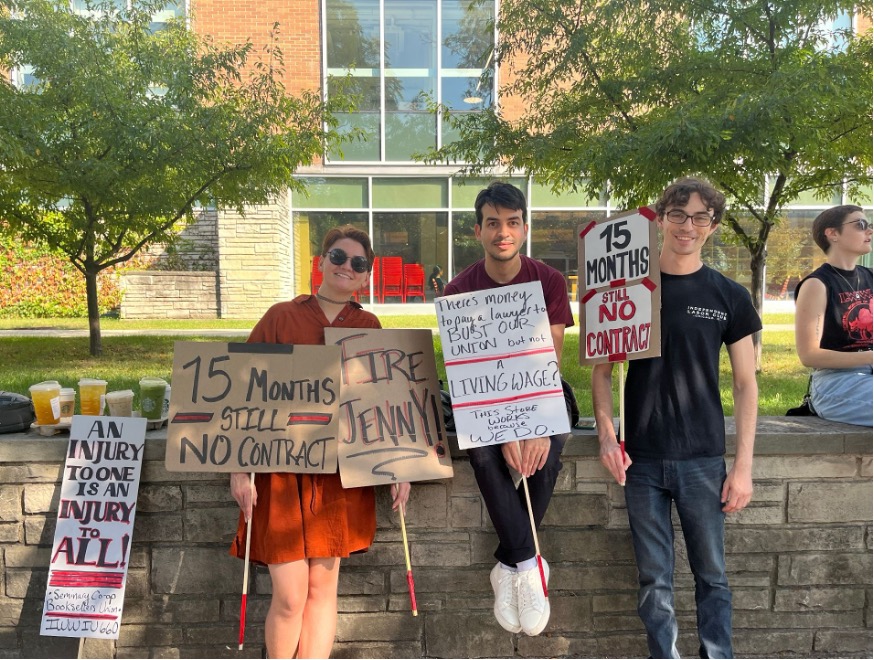
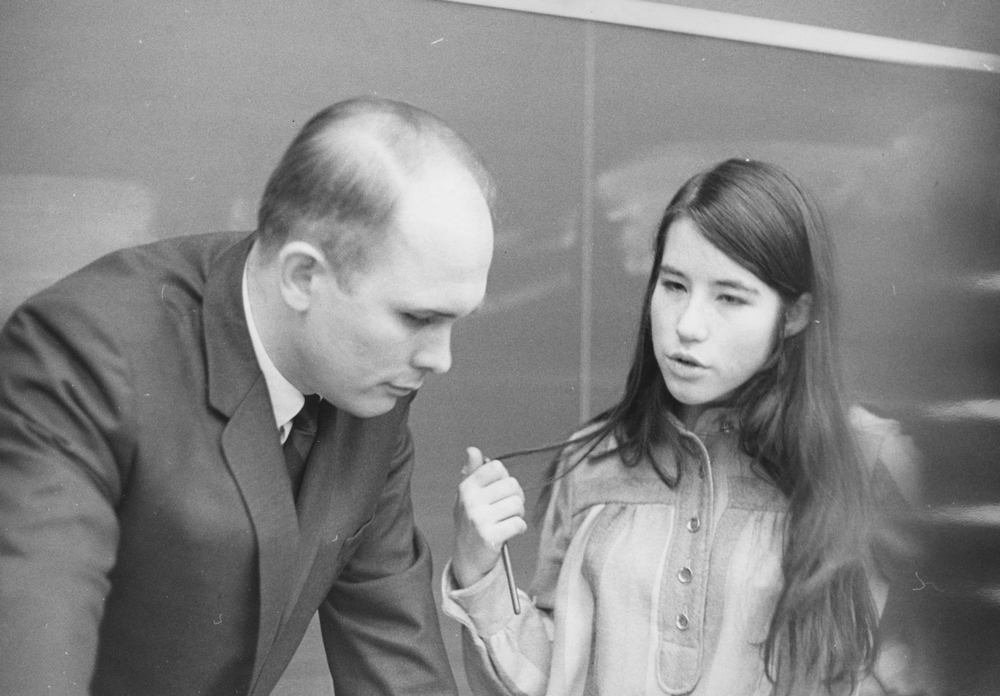

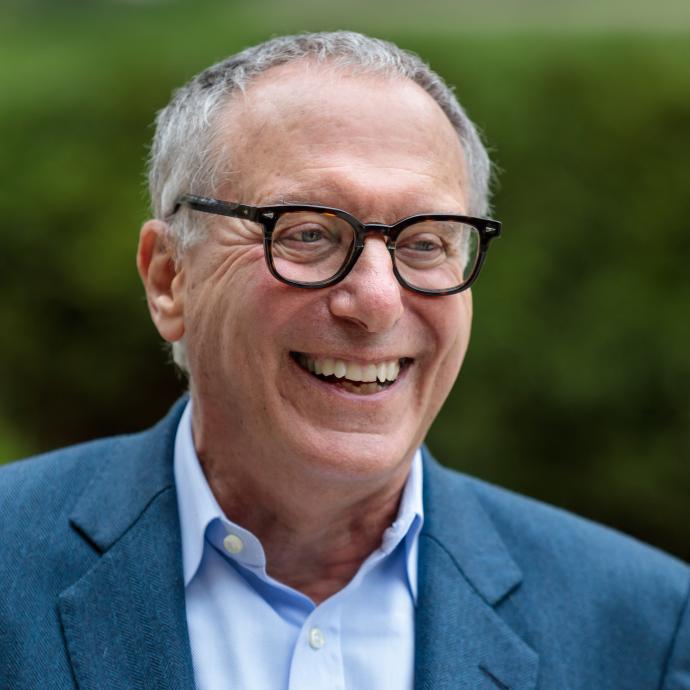
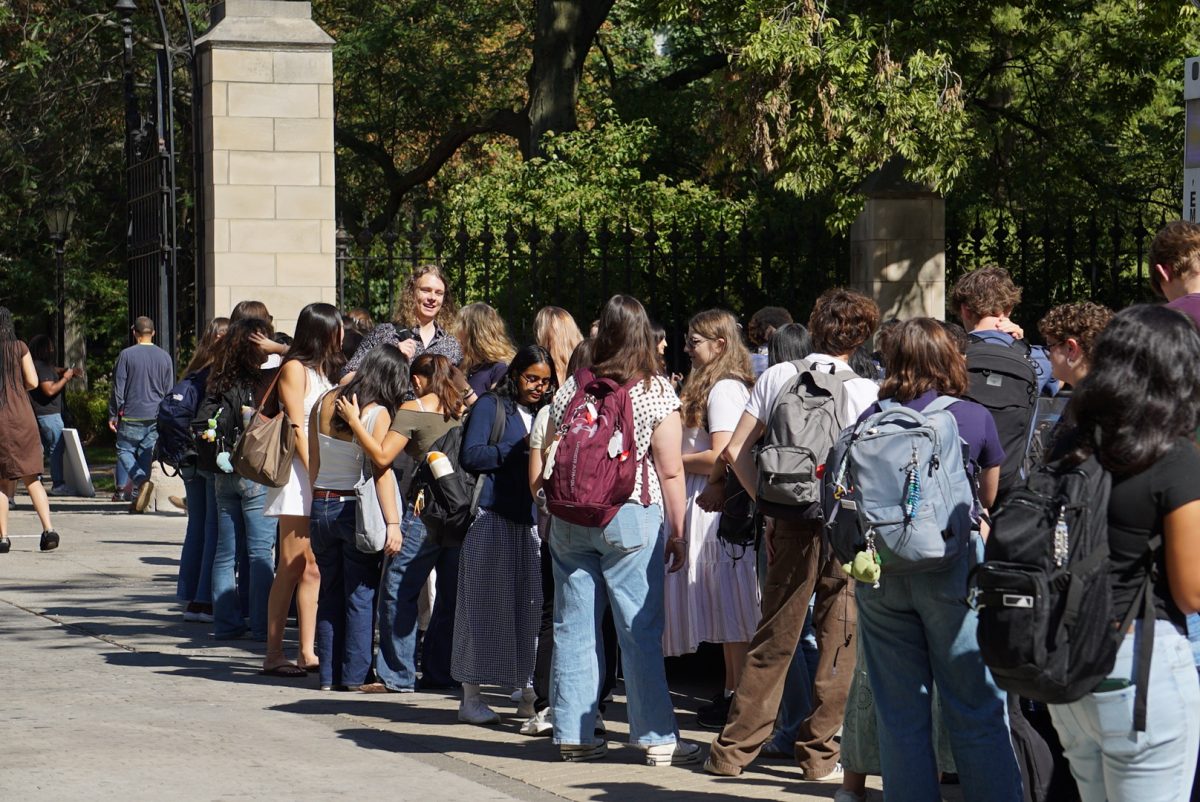
Matthew G. Andersson, '96, Booth MBA / May 17, 2025 at 8:22 pm
There are always hard choices to make; they need to be made every day by design, rather than reaction. You’ll not likely see sufficient choice behavior however, from this particular administration, which is not configured for the managerial and leadership tasks unique to the current university cycle. Readers may enjoy “Everything a University Does Can Be Done in Half the Time For Half the Cost,” and “Overhaul is Business as Usual at the University of Chicago,” in the Financial Times. Otherwise, in the mix of University finance, its endowment continues to unnecessarily stagnate at the bottom of its peer class. This magnifies reliance on grants and tuition, while compromising independence from special interests. The two wealthiest universities in the US are Texas and Harvard. They are followed in order by Yale, Stanford, Princeton, MIT, Pennsylvania, Texas A&M, Michigan, California, Notre Dame, Columbia, Northwestern, Johns Hopkins, Washington U, Duke, Emory, Cornell, Vanderbilt, Virginia, and finally, last, UChicago (public domain). Part of this problem stems from Trustee behavior, but ultimately rests with the university presidents office. Chicago is not strictly unique in this regard. It is to some degree “trading whilst insolvent,” in accounting terms, but repairing its finances is routine in the private sector. In the university market, there are a number of fictional obstacles to improvement, most stemming from a misunderstanding of labor, program design, combined with conflicts of interest.
Antoni Banas / May 25, 2025 at 10:16 pm
P Trump is a businessman in the first place. Consider to negotiate with him and insurance companies pilot study on using your air quality device and baseline testing for vitamins deficiency or surplus in exchange for debt forgiveness